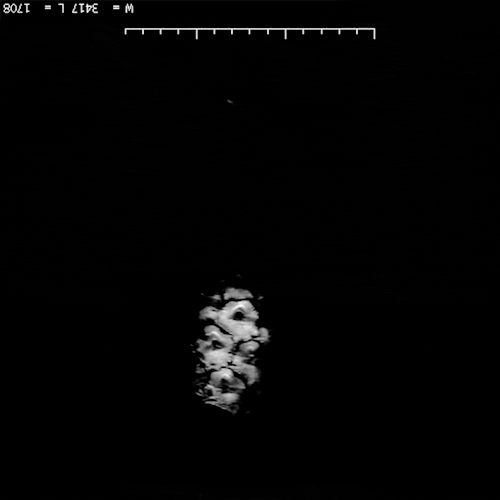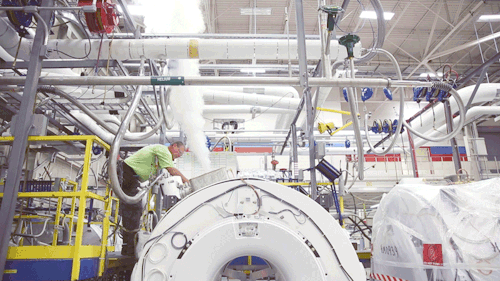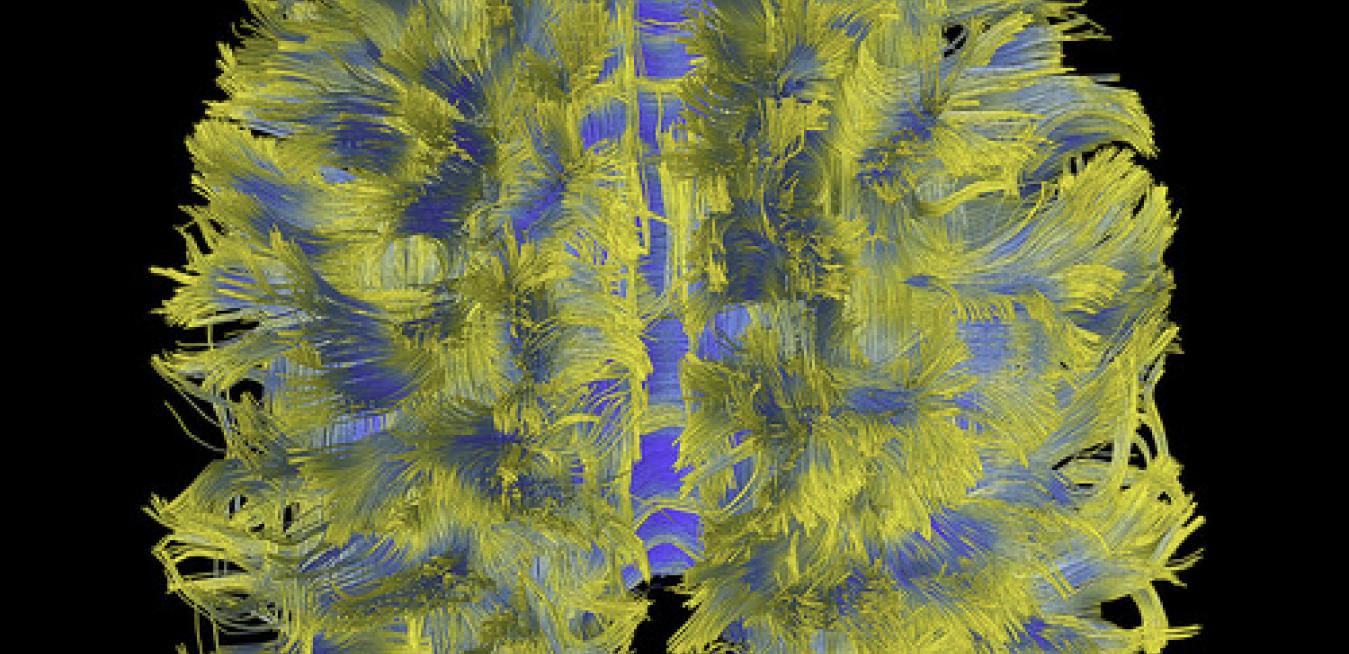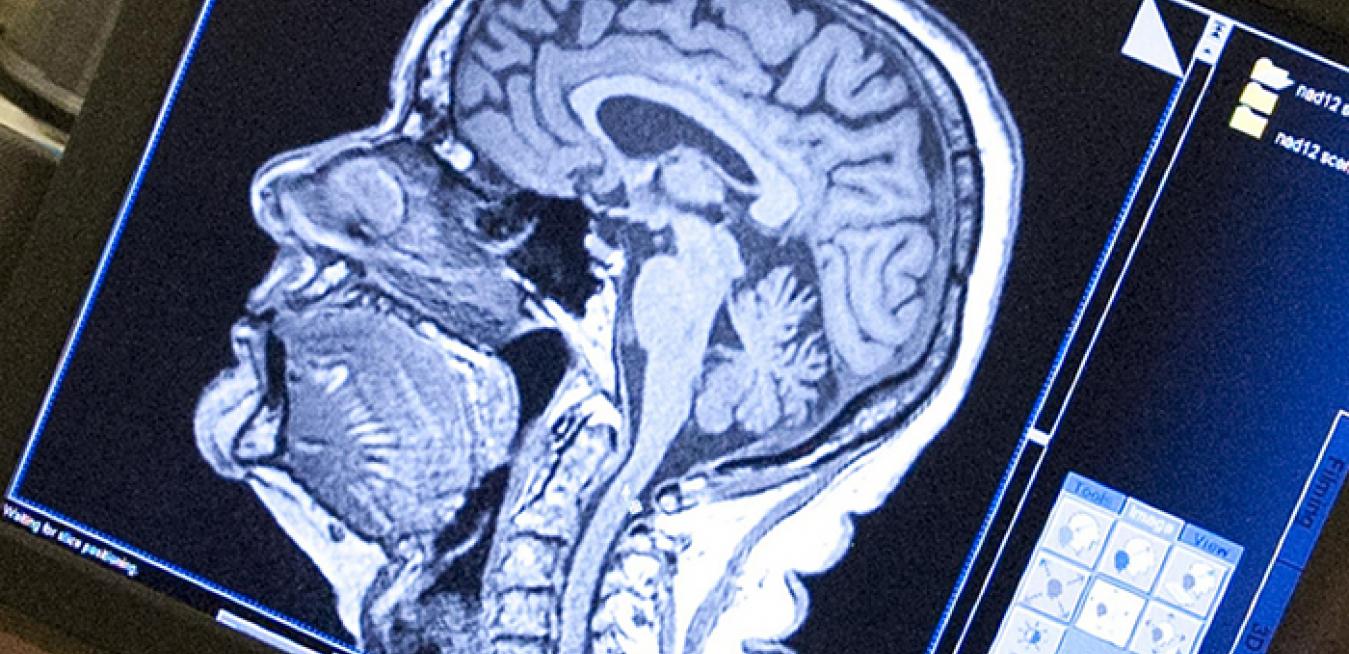How does a jet engine work? C'mon, quick. You get the point. We stroll casually onto planes and know little about how the engine operates. The same applies for medical scans. We lay down, close our eyes, but don’t know what goes on behind the machine’s walls.
Those who build them would argue that we are robbing ourselves. All that engineering complexity can be intimidating, but it often revolves around a handful of simple principles.
Three decades ago, engineers at GE research labs in Niskayuna, NY, built one of the first magnetic resonance machines and peered inside a colleague’s head. The result was the world’s first MRI image of the human brain. “This was an exciting time,” says John Schenck, a lead scientist on the project and also the test’s subject. “We worried that we would get to see a big black hole in the center. But we got to see my whole brain.”
By 1970, cancer was terrorizing almost every American family as it inflicted terrible suffering and for most patients an almost certain death sentence. Its solution was either unknown or, when known, associated with dire consequences. Cancer’s toll on society went beyond human suffering to threaten economic disaster.










